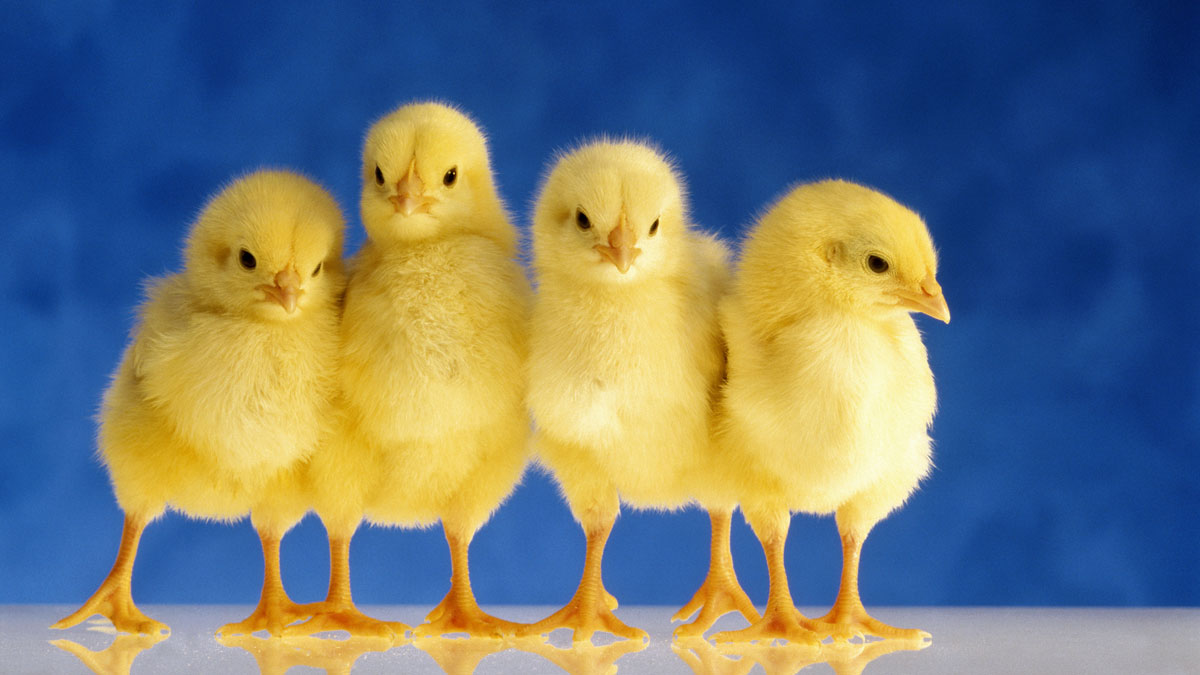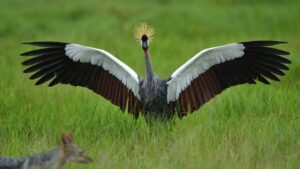More and more analysts think Sierra Rutile looks cheap. Here’s why…

Picture: Getty Images
Shares in Sierra Rutile Holdings (ASX:SRX) may have lost ground in the months following its spin-off from Iluka Resources, however there seems to be growing analyst consensus that it might come back.
Morgans, which instituted coverage early in February with a 45c price target (incidentally the price it listed at in July 2022) and an Add recommendation, has been quick to increase its target price upwards to 55c while Euroz Hartleys has maintained a speculative buy and 48c price target.
Hannam & Partners is the most bullish by far, flagging a year-end target price of 64c.
So what could be behind this growing confidence?
At least part of it comes from the company’s eye-catching performance for the full-year ended 30 December 2022.
It is hard to argue with a 38% increase in revenue to $254m due to an almost 9,000t increase in rutile production over the previous year to 136,000t and higher rutile prices which in turn delivered net profit of $75.6m and earnings before interest, taxes, depreciation and amortisation of $57.8m.
And while the results highlight the strong performance of its Area 1 mine in Sierra Leone, the company is already taking steps to deliver long-term growth through the larger Sembehun project with a Definitive Feasibility Study and Environmental, Social and Health Impact Assessment due for completion in late 2023.
Sembehun is already the subject of an attractive Pre-Feasibility Study which placed a US$337m capex estimate and cash costs as low as US$535/t when zircon co-product credits are included.
Rutile bulls charge
Morgans certainly thinks that the company is on the right track, noting that it had delivered a solid financial result with a “relentless” focus on operating performance and maximising the mine life of Area 1 amidst a constrained rutile market.
It added that this strategy of maximising cashflows from Area 1 through the pursuit of efficiency gains and mine life extension is sound and enables the company to build the balance sheet strength to help fund development of Sembehun.
With Proved and Probable Ore Reserves of 174Mt grading 1.5% rutile, 0.9% ilmenite and 0.1% zircon, Sembehun is one of the largest and highest grade rutile deposits in the world, which goes a long way towards understanding why its development is such a big deal.
It is worth noting that Iluka had booked a US$290m impairment of its Sierra Rutile assets back in late 2019 due in part to not being able to put any meaningful value on the Sembehun as it did not have a defined development plan after discarding earlier plans for being too costly.
As such, it will be a significant coup for Sierra Rutile if its DFS succeeds in estimating attractive economics, a goal that eluded Iluka.
Euroz Hartleys added that at the current share price of 24c, the company remains a very cheap stock though it expects to trade below fair value due to the perceptions of sovereign risk.
Likewise Hannan & Partners says the company’s maiden set of annual results as a newly demerged entity demonstrates solid cash flow despite higher than expected costs.
It noted that upcoming catalysts such as the near-term Reserve and Resource update as well as Sembehun DFS could provide further evidence of the sustainability of profits.
Longer-term strength
A large part of Sierra Rutile’s strength comes from being a leader in the natural rutile sector, supplying some 20% to 25% of the world’s supply of the titanium mineral.
Natural rutile is a high quality titanium feedstock used for pigment, aerospace applications and welding.
An ongoing supply deficit has meant that prices of natural rutile have increased by 50% since the COVID-19 outbreak, though the company noted that in the short-term, it could see a softening in realised sales price.
This is due to concerns that rising interest prices could reduce demand for housing, which will in turn reduce demand for paint pigment.
However, it added that in the medium-term, the continued tight supply of rutile globally and elevated energy costs would continue to prop up the price of competing products produced from lower quality materials, which will in turn support realised prices of natural rutile.
ASX rutile players
Sierra Rutile is also far from being the only natural rutile player on the ASX.
Image Resources (ASX:IMA) is a fellow rutile producer though its focus is on the production of a heavy minerals concentrate from its Boonanarring mineral sands project in Western Australia.
It is currently carrying out project development planning and approvals for its Atlas project, which has lower zircon content compared to Boonanarring but with much higher rutile.
The company expects approvals to be granted in the middle of this year with first plant throughput expected in the fourth quarter of this year and first shipments in Q1 2024.
More recently, it has upgraded resources at its Bidaminna project in the North Perth Basin by 7% to 109Mt grading 2.5% total heavy minerals.
Also in the producers club is Base Resources (ASX:BSE), which reported first half sales revenue of US$126.6m from its Kwale Operations to generate earnings before interest, taxes, depreciation and amortisation of US$80.7m and net profit after tax of US$44.6m.
It noted that sustained demand for all products resulted in a 32% increase in the average price of product sold to US$681/t.
Operations are currently underway to extend mine life at the project with mining operations starting at Kwale North Dune as planned.
The company has also started exploration drilling in northern Tanzania and Kwale East.
Meanwhile, Strandline Resources (ASX:STA) recently started production from its Coburn minerals sands project in Western Australia with three shipments of heavy mineral concentrates completed to date.
The company is currently focused on increasing production throughput of the mine and wet concentration plant towards design rates, improving plant availability and optimising product recoveries.
Developers and explorers
Sierra Rutile’s Sembehun project might have one of the largest natural rutile resources in the world, but it is trumped by Sovereign Metals (ASX:SVM) which boasts a 1.8Bt resource grading 1.01% rutile, or 18Mt of contained natural rutile, at its Kasiya project in Malawi.
Recently, the company’s targeted deep infill aircore drilling program confirmed the consistency of high-grade rutile and graphite mineralisation at depth within Kasiya.
This work and infill push tube (PT) core drilling of numerous Inferred category pits and potential pit extensions is expected to add new blocks of higher confidence Indicated resource material to the upcoming resource estimate update that is targeted for release this quarter.
This will in turn feed into the upcoming Pre-Feasibility Study, which is expected during the first half of this year.
An updated Scoping Study had estimated after-tax net present value and internal rate of return – both measures of a project’s profitability – at US$1.567b and 36% respectively.
The study also estimated that the project would generate US$323m in EBITDA annually over a 25-year life of mine.
Sheffield Resources (ASX:SFX) is progressing construction of its Thunderbird project, with work now more than 75% complete.
Thunderbird, which is expected to start delivering products to customers in the first quarter of 2024, is expected to generate NPV of $842m and about $120m of cash per annum following debt repayment – expected mid FY2025.
The views, information, or opinions expressed in the interviews in this article are solely those of the interviewees and do not represent the views of Stockhead. Stockhead does not provide, endorse or otherwise assume responsibility for any financial product advice contained in this article.
Related Topics

UNLOCK INSIGHTS
Discover the untold stories of emerging ASX stocks.
Daily news and expert analysis, it's free to subscribe.
By proceeding, you confirm you understand that we handle personal information in accordance with our Privacy Policy.








